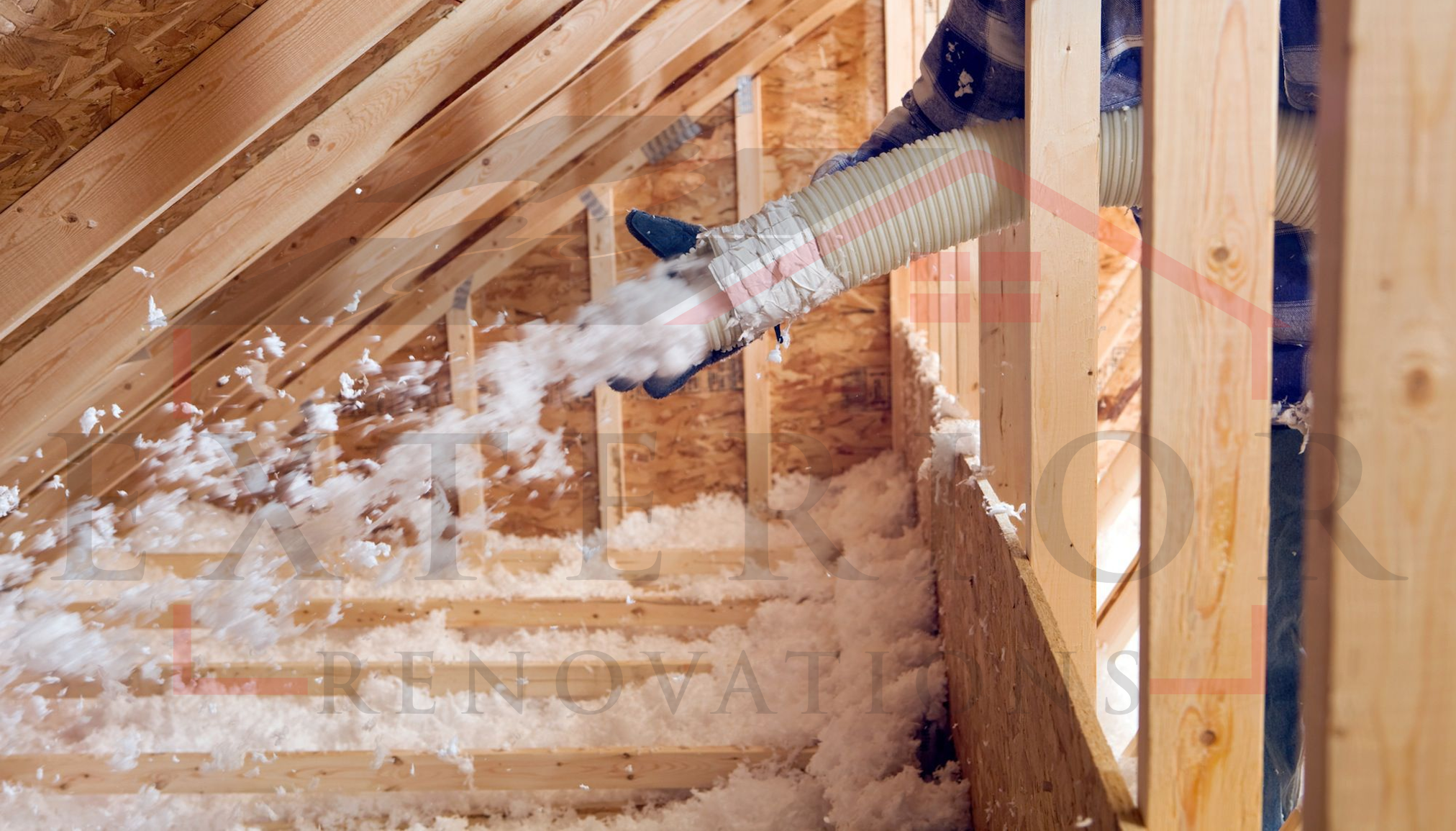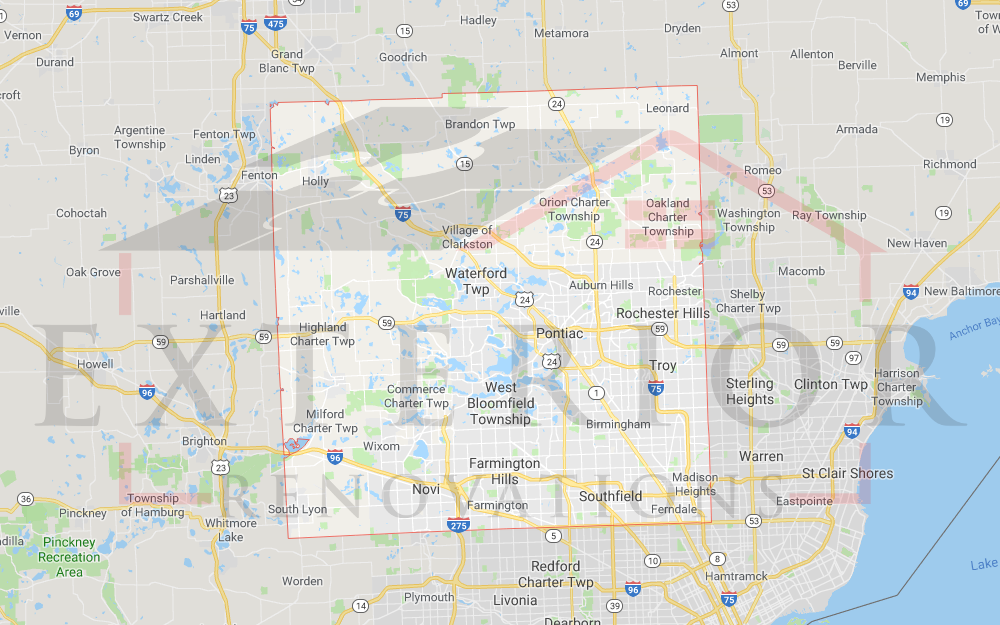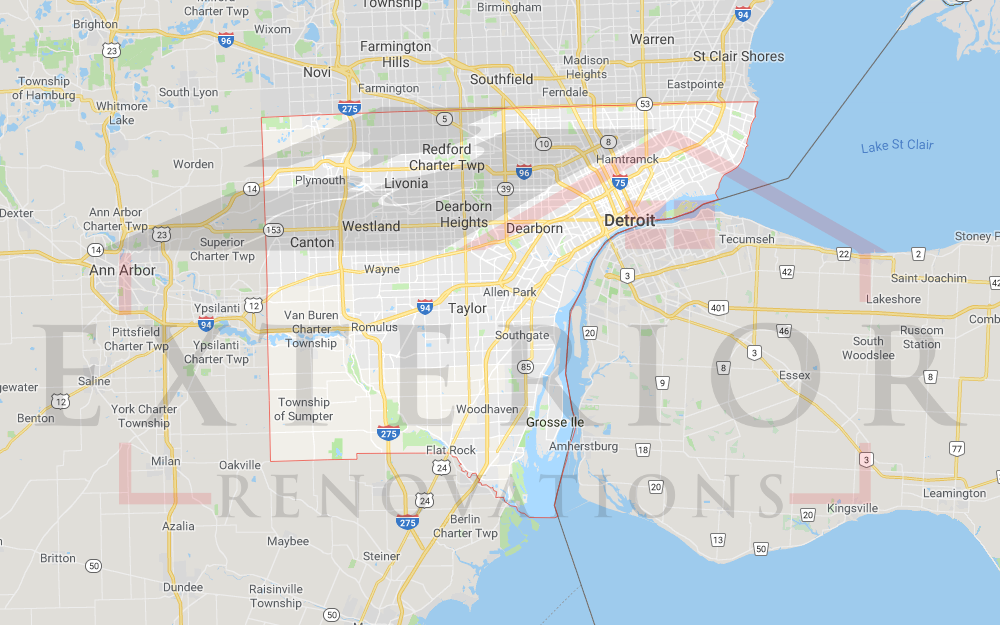CALL FOR A FREE ESTIMATE
Here at Exterior Renovations the Customer Comes First, Call Today to Schedule A Free Roof Estimate..
MEET WITH OUR SPECIALIST
Every Exterior Renovations Sales Representative is a Credentialed ShingleMasterTM knowledgeable in their craft...
NO INTEREST FINANCING AVAILABLE
Don't have the funds for a new roof? No Problem, Exterior Renovations offers financing upon request...

Blown In Insulation
To understand how insulation works it helps to understand heat flow, which involves three basic mechanisms -- conduction, convection, and radiation. Conduction is the way heat moves through materials, such as when a spoon placed in a hot cup of coffee conducts heat through its handle to your hand. Convection is the way heat circulates through liquids and gases, and is why lighter, warmer air rises, and cooler, denser air sinks in your home. Radiant heat travels in a straight line and heats anything solid in its path that absorbs its energy.
Most common insulation materials work by slowing conductive heat flow and--to a lesser extent--convective heat flow. Radiant barriers and reflective insulation systems work by reducing radiant heat gain. To be effective, the reflective surface must face an air space. Call today to speak with an Insulation Specialist concerning your project.
EXTERIOR WALLS
All building codes require insulation in the exterior walls between the wood studs that make up the frame of the walls. Of the many types available, fiberglass batt insulation is used most often. Fiberglass is an excellent insulator, and is very resistant to fire. Batt insulation is a type of insulation made of loosely matted fibers fashioned into a blanket-like form.
ATTIC
Most building codes also require insulation in the attic. Blown-in dry cellulose insulation is commonly used in this area of the home. It simply is blown-in to the depth required to meet the R-value specified by local code. Dry cellulose insulation is made from recycled, shredded newspaper, which has been chemically treated to be fire-resistant.
Blown-in insulation refers to loose insulation made of fiberglass, cellulose or foam that is literally blown into place with hose-type equipment. Fiberglass and cellulose remain loose after they've been installed. Spray foam solidifies once it's been applied.
WALL SHEATHING
Rigid foam sheathing can be used to add thermal resistance to the exterior walls. Rigid foam sheathing often is used with a material that provides wall strength -- such as plywood.
FOUNDATION WALLS
In some areas, building codes require foundation walls to be insulated. To meet code, rigid fiberglass can be applied to the exterior of the foundation walls. For maximum benefit, foundation insulation is run from the wall sheathing to the bottom of the foundation wall.
SLAB
In a slab-on-grade foundation, where the bottom of the house sits directly on the ground and doesn't have a basement space, codes often require the slab to be insulated. The preferred method is to extend rigid foam board from the top of the slab to two feet below the bottom of the slab. An additional two feet should angle out away from the vertical piece, as shown in this image. Insulating this way helps to keep the soil surrounding the slab warmer, thus keeping the slab itself warmer.
OUR SERVICE AREAS
Visit Our Office
- Street:
- City:
- Country:
- 44870 Heydenreich Rd
- Clinton Township, MI
- United States
Contact Information
- Phone:
- Email:
- Fax:
Working Time
- Mon To Fri:
- Sat:
- Sun:
- 9:00 AM - 5:00 PM
- 9:00 AM - 5:00 PM
- Closed
Send Us An Email
Feel free to send any inquiries to us, we will revert you back as soon as possible. We are here to help you.



